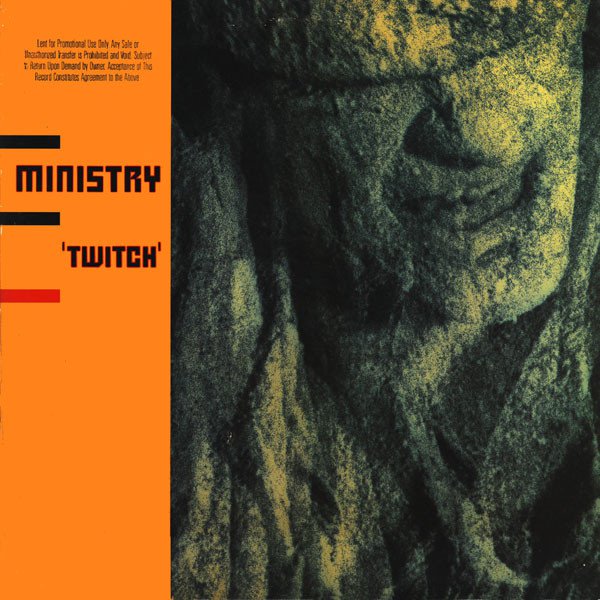While the previous two decades had seen a variety of experimental approaches form what would be termed as ‘industrial music,’ not least due to Throbbing Gristle’s naming of their own label with the word, it was the 1980s that eventually solidified the public image of the sound and style as such. No one album or moment was the turning point, as instead a wide variety of performers and musicians worldwide, often with wildly different aesthetics at play, began to slowly be integrated into a general scene that itself had plenty of bleedover into other areas, whether it was avant-garde composition, dancefloor-friendly beats, synthpop and goth’s own concurrent popularity or even heavy metal straight up. But thanks to certain factors in particular — the rise of key labels like Wax Trax!, Mute, Play It Again Sam and Nettwerk, increasing college radio and club night support, and a general sense of electronic-based approaches favoring loud, disruptive arrangements and massive beats — by the end of the decade one could use the term as a handy shorthand, often roping in a variety of fellow travellers along the way such as the roaring electronic rock of Killing Joke or the Young Gods or the exploratory strangeness of bands like the Legendary Pink Dots, Nurse With Wound or Current 93.
The German duo D.A.F. established a blunt, knowingly sly role model early in the decade, and later acts like Nitzer Ebb openly modelled themselves on that act’s combination of imagery and musical approach. Another German act, Einstürzende Neubauten, became infamous for their performances on and involving actual machinery and industrial detritus, in turn inspiring Depeche Mode to shift their own sampling of such source material in their work. Australia proved to be a source of numerous acts fully plunging into various electronic extremities, including the hyperproductive J. G. Thirlwell and his many Foetus projects and the vivid, surreal collages created by Severed Heads. Vancouver, Canada was ground zero for a lot of activity thanks to Skinny Puppy and numerous associated acts, while Belgium’s Front 242, founders of the sub-genre they termed ‘electronic body music’ or EBM, steadily built a reputation on a series of stellar releases. In America, Al Jourgensen proved to be a pivotal figure, transforming his synth-pop approach in Ministry towards louder and darker ends while collaborating with many of his peers on other projects. Meantime, the decade’s end saw the debut release of Trent Reznor as Nine Inch Nails, at once a survey and celebration of the overall sound and the unexpected starting point for where the genre would be seen more widely in the years to come.















